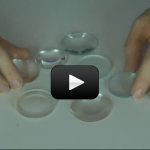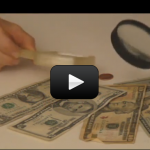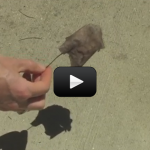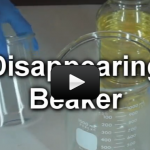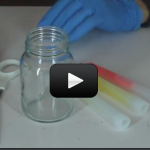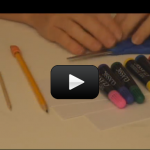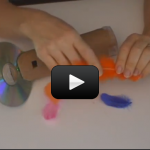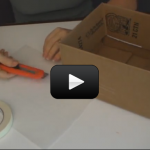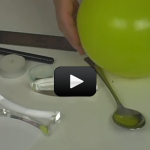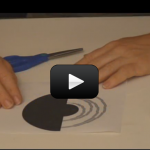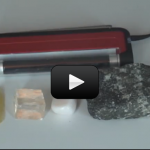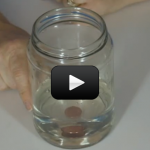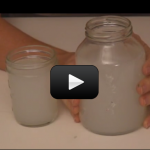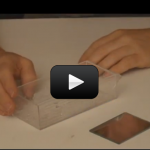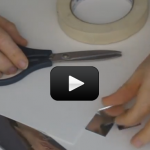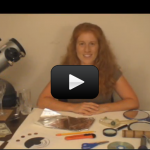Getting Started
Scientist are still trying to make heads or tails of this thing called light, and near as they can tell, it sometimes interacts like a particle (like a marble) and other times like a wave (like on the ocean), and you really can’t separate the two because they actually complement each other.
Energy can take one of two forms: matter and light (called electromagnetic radiation). Matter is what stuff is made from, like a chair or a table, and we'll talk a lot more about matter when we get to chemistry.
Light is energy that can travel through space and through some kinds of matter, like glass. Another word for light is "electromagnetic radiation". Light can have high energy, lower energy, or anything in between... kind of like high energy kids (the ones who race all over the playground), lower energy kids (the ones reading a book in a corner), and kids whose energy is somewhere in the middle.
Scientists usually refer to the light energy you can see with your eyes as "visible light", or just "light", and it has middle-of-the-road amounts of energy - not high, not low. Just average. That kind of electromagnetic radiation is called "light".

